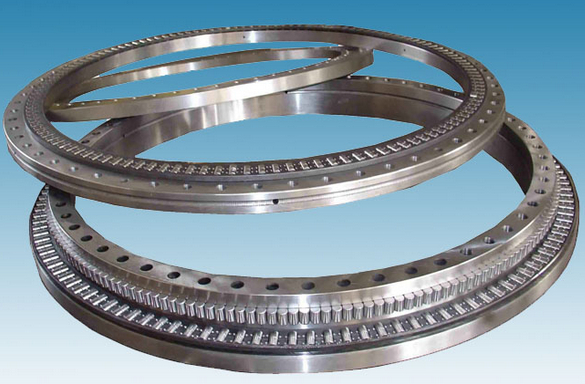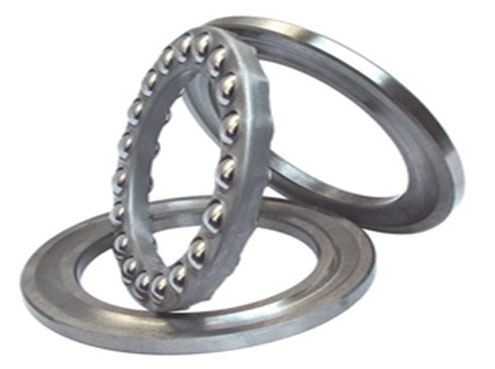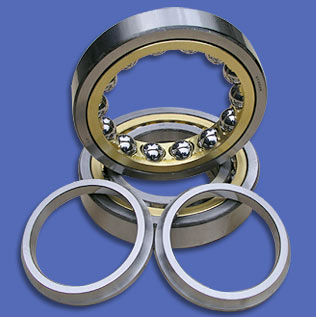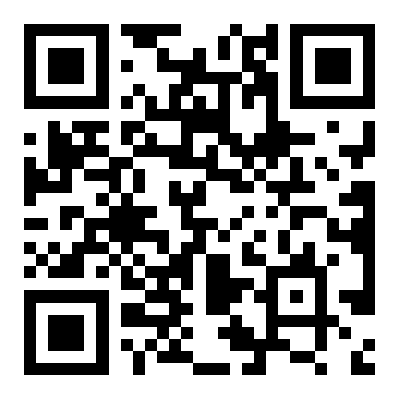Self aligning roller bearings can withstand large radial and bidirectional axial loads. Especially suitable for bearing heavy loads and shock vibration loads. But the allowable working speed of self-aligning roller bearings is relatively low.
Under normal working conditions, the allowable angle deviation of self-aligning roller bearings is 1 °~2.5 °. If the sealing device is used, the self-aligning performance may decrease.
The allowable angle deviation values for different size series of self-aligning roller bearings can be found in the relevant content of "Bearing Type Selection" in the overview section of this sample.
The C-type bearing has no ribs on both sides of the inner ring, two cages, and a movable middle retaining ring between the two rows of spherical rollers. When the bearing is running, the middle retaining ring can move axially to compensate. When the bearing is under axial load, it can adjust the load on both rows of rollers to evenly carry the load, avoiding stress concentration and single row roller stress.
CA type
The inner ring of the CA type bearing has retaining edges on both sides and a cage. There is (or is not) a movable middle retaining ring between the two rows of spherical rollers. When the bearing is running, the middle retaining ring can move axially to compensate. When the bearing is under axial load, it can adjust the load of the two rows of rollers to evenly carry the load and avoid stress concentration. If there is no active edge guard, its function is undertaken by a cage.
Self aligning roller bearing with fixed retaining edge
The self-aligning roller bearing with fixed ribs has ribs on both sides of the inner ring, a fixed middle rib in the middle, and two cages. Although the rollers and C, CA type bearing rollers are both spherical rollers, they have asymmetric lengths in the axial direction of the rollers. When the bearing is running, although the middle retaining ring cannot move axially, it guides the rollers well. When the bearing is subjected to axial load, it cannot adjust the load of two rows of rollers, which can easily result in single row roller stress or stress concentration.
Although this structure tends to be replaced by C and CA type bearings, it still has certain advantages in certain applications, such as situations where axial load is not large and vibration load is high.
Sealed bearing
Self aligning roller bearings have various structural types. In addition to universal open bearings, they can also provide a closed structure with sealing rings on both sides. The sealing rings are divided into contact or non-contact (low friction) based on the contact form.
Bearings with sealing rings on both sides are filled with lubricating grease before leaving the factory. The filling amount of lubricating grease is generally 25% to 35% of the effective space inside the bearing. If there are special requirements, other types of lubricating grease can also be filled or the filling amount can be adjusted. Bearings with sealing rings on both sides should not be cleaned or heated above 80 ℃ during installation, as it may damage the bearings or cause deterioration and loss of lubricating grease. Bearings with sealing rings can maintain their expected working performance within the range of ambient temperature of 30 ℃ to+100 ℃.
Under general working conditions, sealed self-aligning roller bearings do not require additional lubricating grease. However, when the load is high and the speed is high, and the temperature is above+70 ℃, after a certain period of use, lubricating grease should be supplemented through the lubrication groove and lubrication hole set on the outer ring.
The centering performance of self-aligning roller bearings with sealing devices has decreased.
Bearings for vibration machinery
In vibration machinery, such as vibrating screens and crushers, self-aligning roller bearings can cause significant acceleration on the rollers and cages of the bearings. Therefore, special designs need to be adopted in the design to meet the usage requirements of such operating conditions.
Partial bearings
The inner and outer rings of partial self-aligning roller bearings are divided into two halves with the cage at a certain angle along the axial direction. This structure has the same performance as ordinary integral self-aligning roller bearings, and has a large load-bearing capacity, making it suitable for situations where bearings cannot be installed along the axial direction. However, due to the presence of split surfaces in the inner and outer raceways, the operating speed is relatively low.
Other designs
Conical hole
The inner hole of self-aligning roller bearings is generally cylindrical, but some size specifications can also provide tapered hole bearings with a taper of 1:12 or 1:30 (applicable to the 241240 size series), which are marked with K or K30 in the bearing post code. Tapered hole bearings can be easily installed and disassembled by fixing them to the shaft using a locking or retracting sleeve.
Lubrication groove and lubrication hole
For the convenience of lubrication, self-aligning roller bearings can be provided with outer rings with lubrication holes and grooves, which are labeled with W33 in the code after the bearing. Self aligning roller bearings with lubrication holes on the outer ring are labeled with W20 in the code after the bearing.
Holder
Self aligning roller bearings, of which C-type bearings are mostly pressed steel cages and engineering plastic cages such as glass fiber reinforced polyimide. CA type bearings use brass solid cages.
Axial load bearing capacity
Due to the unique structure of self-aligning roller bearings, they can withstand large pure radial loads, even pure axial loads.
The self-aligning roller bearing with a tight sleeve is generally installed on a smooth shaft without a shaft shoulder. The amount of friction it can withstand depends on the friction between the shaft and the tight sleeve. If the bearing is installed correctly, the allowable axial load can be calculated using the following formula:
Fa=0.003Bd
In the equation
B - Bearing width, mm
D - Inner diameter of bearing, mm
In order to ensure good operation of bearings, self-aligning roller bearings, like other ball and roller bearings, must apply a certain amount of minimum load, especially for high-speed, high acceleration, impact vibration loads, or working under conditions with frequent changes in load direction. Because of these operating conditions, the inertia force of the roller and cage, as well as the friction inside the lubricant, will have a negative impact on the rolling and rotating accuracy of the bearing, and there may be harmful sliding motion between the roller and raceway that is harmful to the bearing.
The minimum load Fmin required for self-aligning roller bearings can be estimated using the following formula:
Fmin=0.01 C0
In the equation
C0- Basic rated static load
Starting at low temperatures or with high lubricant viscosity may require a larger minimum load. Usually, the weight of the bearing support itself, combined with the load borne by the bearing, has exceeded the minimum required load. If the minimum load has not been reached, this type of bearing must apply additional radial load to meet the minimum load requirements.
The external dimensions of standard self-aligning roller bearings comply with the provisions of GB/T273.3 "General Plan for External Dimensions of Radial Bearings in Rolling Bearings" and GB/T288 "External Dimensions of Spherical Roller Bearings in Rolling Bearings".
The tolerance of standard self-aligning roller bearings complies with the provisions of GB/T307.1 "Rolling Bearings - Tolerances for Radial Bearings".
The clearance of standard self-aligning roller bearings complies with the provisions of GB/T4604 "Radial Clearance of Rolling Bearings".
Equivalent dynamic load
For self-aligning roller bearings that bear dynamic loads, the equivalent dynamic load can be calculated as follows:
When Fa/Fr ≤ e, P=Fr+Y1Fa
When Fa/Fr>e, P=0.67Fr+Y2Fa
In the equation
P - Equivalent dynamic load N
Y1, Y2- axial dynamic load coefficient
Equivalent static load
For self-aligning roller bearings with static loads, the equivalent static load can be calculated as follows:
P0=Fr+YoFa
In the equation
Po - Equivalent static load N
Yo - axial static load coefficient
The values of coefficients e, Yo, Y1, and Y2 have all been included in the bearing size table.





